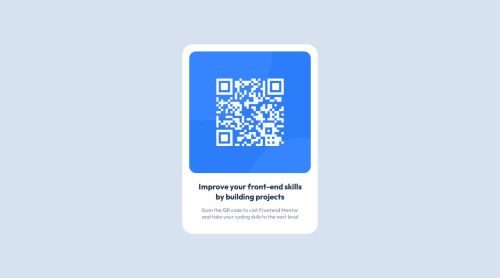Responsive landing page using CSS Flexbox

Solution retrospective
- I find it confused whether should I use
width: 100%ormax-width:100%for<img>tag. - Sometimes I see people use a
<div>to wrap outside<img>
Please log in to post a comment
Log in with GitHubCommunity feedback
- @Douoo
Congrats on finishing the challenge 🎉. I have to say the choice between using width: 100% and max-width: 100% for the <img> tag depends on what you want to achieve with your images and how your layout is structured.
width: 100%: This CSS rule will make the image take up 100% of the available width of its containing element. If the containing element's width changes, the image will scale accordingly.
- Note that this can lead to image distortion if the image's aspect ratio is different from its container (since 100% refers to the parents width).
max-width: 100%: sets the maximum width of the image to 100% of its containing element's width. This is commonly used to ensure that the image doesn't exceed its natural size and maintains its aspect ratio while resizing. It's a good choice for responsive design when you want the image to scale down to fit the container but not exceed its original dimensions.
Remember, using a
<div>to wrap an<img>can be a helpful technique, especially if you want more control over the layout and the behavior of the image. For example, you can use a<div>to create a container for the image and then apply amax-width: 100%to the image inside the<div>. This can be useful for adding padding, margins, or other stylings to the image container.Hope this helps you understand when to use width:100% and max-width:100% on imgs 😊
Marked as helpful
Join our Discord community
Join thousands of Frontend Mentor community members taking the challenges, sharing resources, helping each other, and chatting about all things front-end!
Join our Discord